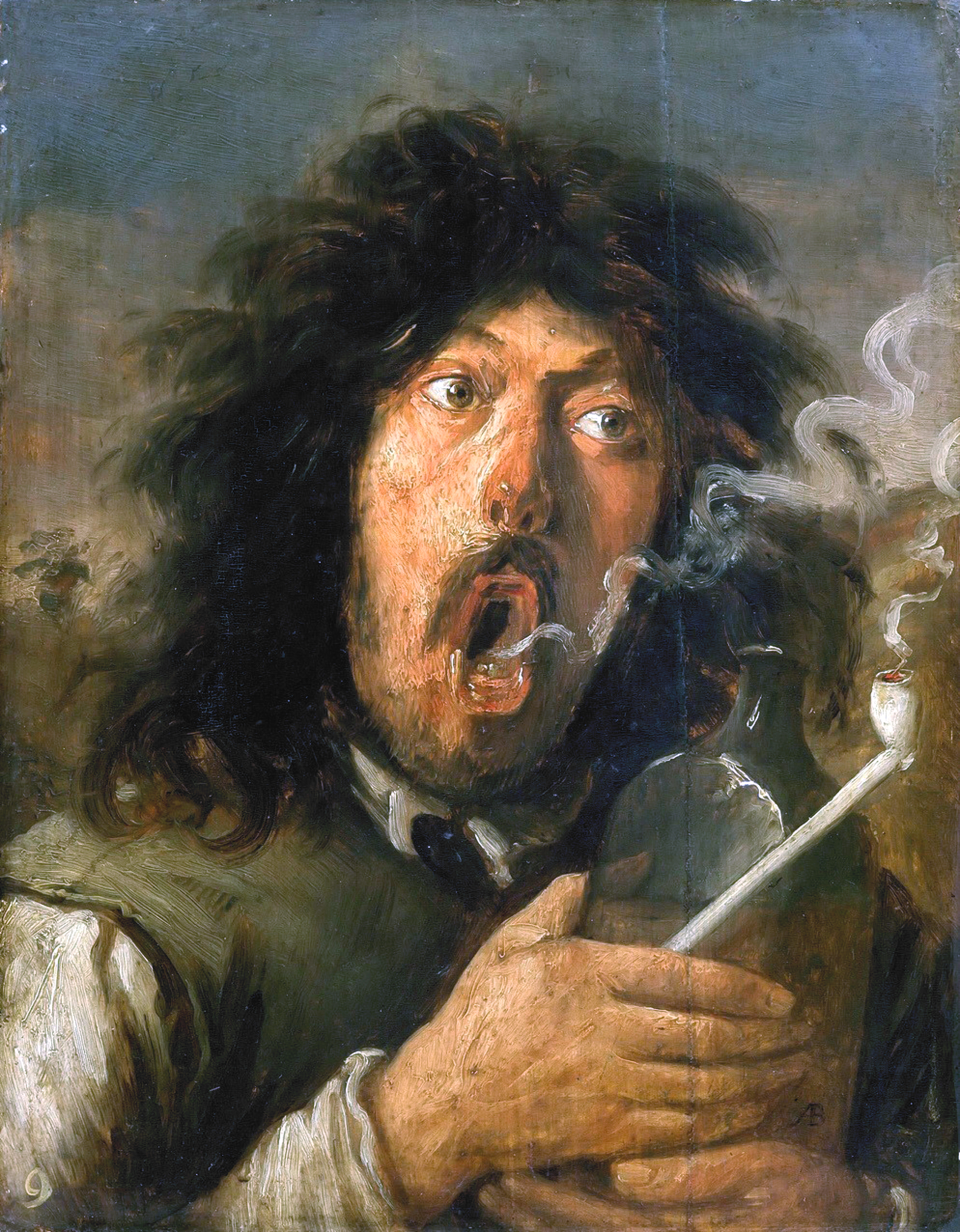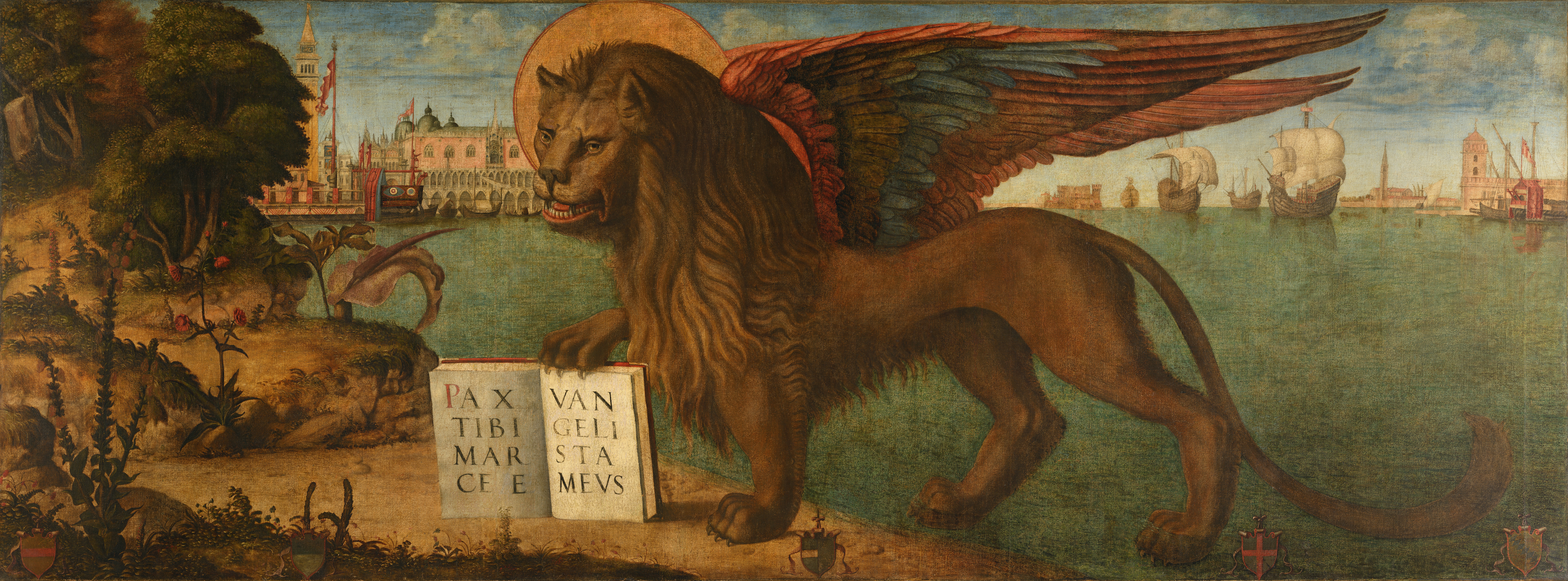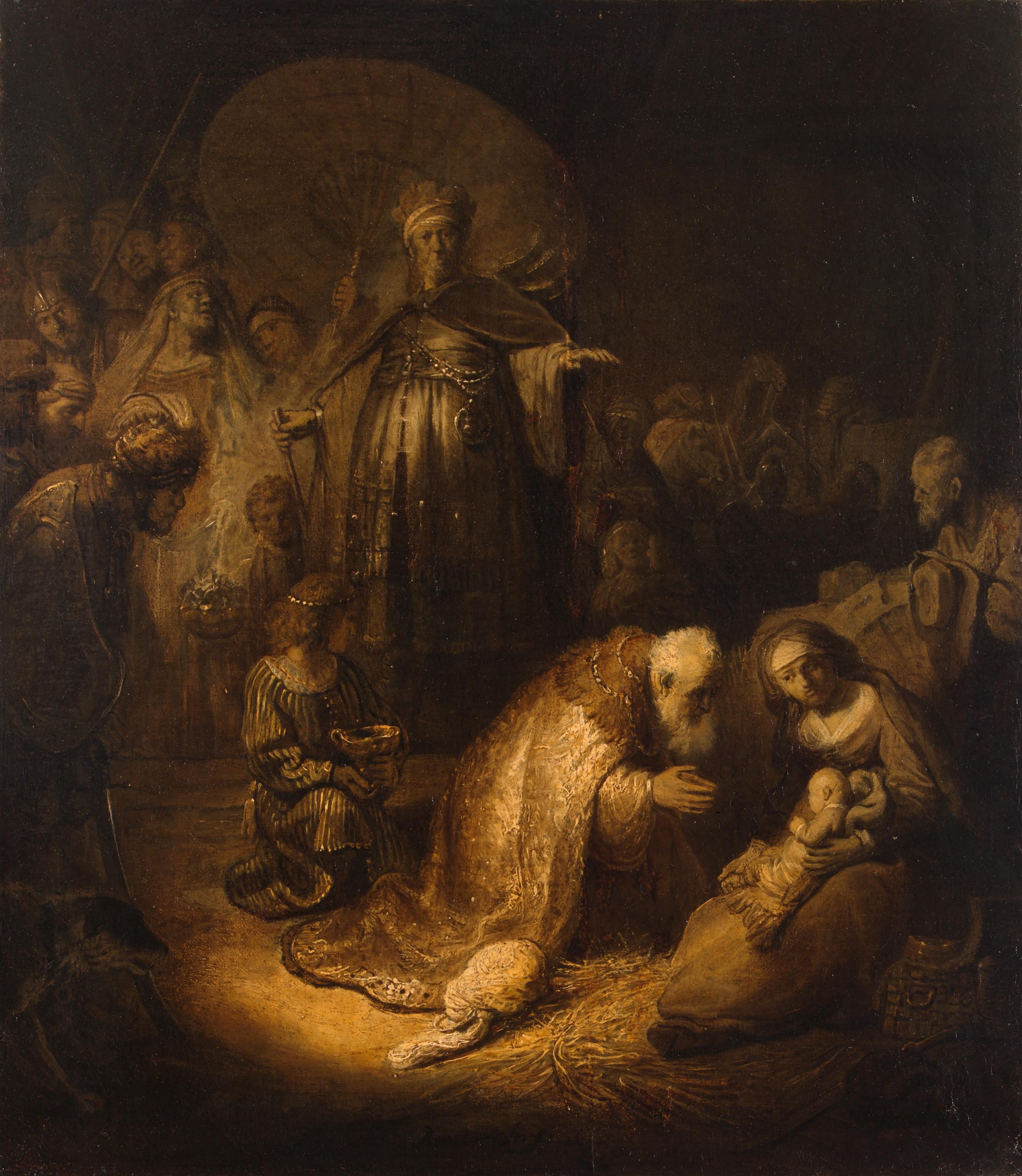|
Odessa Museum Of Western And Eastern Art
Odesa Museum of Western and Eastern Art ( uk, Одеський музей західного і східного мистецтва) is a museum of Fine Arts on Pushkin street in Odesa, Ukraine.Museums of Odessa Description The museum was founded in 1923 and it is housed in a palace that was constructed between 1856 and 1858 to a design by the architect L.Otton. The museum's collection was created from previously private collections that were augmented by artefacts from the City Museum of Fine Arts and University of Odesa. The museum has a large collection, not all of which is on ...[...More Info...] [...Related Items...] OR: [Wikipedia] [Google] [Baidu] |
Pushkinska Street, Odessa
Vulytsia Pushkinska ( uk, Пушкінська) is a street in the downtown of Odesa, Ukraine. The street is named after Russian poet Alexander Pushkin, who lived on the street. The street starts from the Dumska Square and finishes at the crossing with the Panteleymonivska Street. The street was founded in 1827. The street was founded as Italian Street ( uk, вулиця Італійська, ''vulytsia Italiiska''). It was named after Pushkin on June 25, 1880, and the street saved the name until now. Although Pushkin lived in several different buildings at different times, the Museum of Pushkin (the branch of the Odesa Literature Museum) was organized at Pushkinska Street 13. The statue of Pushkin was founded at the front of the building dedicating to the 200th-year jubilee of his birthday. Many famous architecture monuments are located on the street; among them are Abazy Palace (now the Odesa Museum of Western and Eastern Art), the New Burse Building (now the Odesa Philharmo ... [...More Info...] [...Related Items...] OR: [Wikipedia] [Google] [Baidu] |
Tronie
A tronie is a type of work common in Dutch Golden Age painting and Flemish Baroque painting that depicts an exaggerated or characteristic facial expression. These works were not intended as portraits but as studies of expression, type, physiognomy or an interesting character such as an old man or woman, a young woman, the soldier, the shepherdess, the Oriental, or a person of a particular race, etc.Walter Liedtke, ''Vermeer and the Delft School'', New York, 2001, p. 138Dagmar Hirschfelder, ''Tronie und Porträt in der niederländischen Malerei des 17. Jahrhunderts'' Berlin: Mann, 2008, p. 351-359 The main goal of the artists who created tronies was to achieve a lifelike representation of the figures and to show off their illusionistic abiliti ... [...More Info...] [...Related Items...] OR: [Wikipedia] [Google] [Baidu] |
Museums In Odesa
A museum ( ; plural museums or, rarely, musea) is a building or institution that cares for and displays a collection of artifacts and other objects of artistic, cultural, historical, or scientific importance. Many public museums make these items available for public viewing through exhibits that may be permanent or temporary. The largest museums are located in major cities throughout the world, while thousands of local museums exist in smaller cities, towns, and rural areas. Museums have varying aims, ranging from the conservation and documentation of their collection, serving researchers and specialists, to catering to the general public. The goal of serving researchers is not only scientific, but intended to serve the general public. There are many types of museums, including art museums, natural history museums, science museums, war museums, and children's museums. According to the International Council of Museums (ICOM), there are more than 55,000 museums in 202 countries ... [...More Info...] [...Related Items...] OR: [Wikipedia] [Google] [Baidu] |
Titian
Tiziano Vecelli or Vecellio (; 27 August 1576), known in English as Titian ( ), was an Italians, Italian (Republic of Venice, Venetian) painter of the Renaissance, considered the most important member of the 16th-century Venetian school (art), Venetian school. He was born in Pieve di Cadore, near Belluno. During his lifetime he was often called ''da Cadore'', 'from Cadore', taken from his native region. Recognized by his contemporaries as "The Sun Amidst Small Stars" (recalling the final line of Dante Alighieri, Dante's ''Paradiso (Dante), Paradiso''), Titian was one of the most versatile of Italian painters, equally adept with portraits, landscape backgrounds, and mythological and religious subjects. His painting methods, particularly in the application and use of colour, exercised a profound influence not only on painters of the late Italian Renaissance, but on future generations of Art of Europe, Western artists. His career was successful from the start, and he became sought ... [...More Info...] [...Related Items...] OR: [Wikipedia] [Google] [Baidu] |
Charles Cottet
Charles Cottet (12 July 1863 – 20 September 1925) was a French painter, born at Le Puy-en-Velay and died in Paris. A famed post-impressionist, Cottet is known for his dark, evocative painting of rural Brittany and seascapes. He led a school of painters known as the Bande noire or "Nubians" group (for the sombre palette they used, in contrast to the brighter Impressionist and Postimpressionist paintings), and was friends with such artists as Auguste Rodin. Biography Cottet studied at the École des Beaux-Arts, and under Puvis de Chavannes and Roll, while also attending the Académie Julian (where fellow students formed '' Les Nabis'' school of painting, with which he was later associated). He travelled and painted in Egypt, Italy, and on Lake Geneva, but he made his name with his sombre and gloomy, firmly designed, severe and impressive scenes of life on the Brittany coast. Cottet exhibited at the Salon of 1889, but on a trip to Brittany in 1886 he had found his true ca ... [...More Info...] [...Related Items...] OR: [Wikipedia] [Google] [Baidu] |
Mark The Evangelist
Mark the Evangelist ( la, Marcus; grc-gre, Μᾶρκος, Mârkos; arc, ܡܪܩܘܣ, translit=Marqōs; Ge'ez: ማርቆስ; ), also known as Saint Mark, is the person who is traditionally ascribed to be the author of the Gospel of Mark. According to Church tradition, Mark founded the episcopal see of Alexandria, which was one of the five most important sees of early Christianity. His feast day is celebrated on April 25, and his symbol is the winged lion. Mark's identity According to William Lane (1974), an "unbroken tradition" identifies Mark the Evangelist with John Mark, and John Mark as the cousin of Barnabas. However, Hippolytus of Rome in ''On the Seventy Apostles'' distinguishes Mark the Evangelist (2 Tim 4:11), John Mark (Acts 12:12, 25; 13:5, 13; 15:37), and Mark the cousin of Barnabas (Col 4:10; Phlm 1:24). According to Hippolytus, they all belonged to the "Seventy Disciples" who were sent out by Jesus to disseminate the gospel (Luke 10:1ff.) in Judea. Accord ... [...More Info...] [...Related Items...] OR: [Wikipedia] [Google] [Baidu] |
John The Evangelist
John the Evangelist ( grc-gre, Ἰωάννης, Iōánnēs; Aramaic: ܝܘܚܢܢ; Ge'ez: ዮሐንስ; ar, يوحنا الإنجيلي, la, Ioannes, he, יוחנן cop, ⲓⲱⲁⲛⲛⲏⲥ or ⲓⲱ̅ⲁ) is the name traditionally given to the author of the Gospel of John. Christians have traditionally identified him with John the Apostle, John of Patmos, and John the Presbyter, although this has been disputed by most modern scholars. Identity The Gospel of John refers to an otherwise unnamed "disciple whom Jesus loved", who "bore witness to and wrote" the Gospel's message.Theissen, Gerd and Annette Merz. The historical Jesus: a comprehensive guide. Fortress Press. 1998. translated from German (1996 edition). Chapter 2. Christian sources about Jesus. The author of the Gospel of John seemed interested in maintaining the internal anonymity of the author's identity, although interpreting the Gospel in the light of the Synoptic Gospels and considering that the author names ... [...More Info...] [...Related Items...] OR: [Wikipedia] [Google] [Baidu] |
Saint Matthew
Matthew the Apostle,, shortened to ''Matti'' (whence ar, مَتَّى, Mattā), meaning "Gift of YHWH"; arc, , Mattai; grc-koi, Μαθθαῖος, ''Maththaîos'' or , ''Matthaîos''; cop, ⲙⲁⲧⲑⲉⲟⲥ, Mattheos; la, Matthaeus also known as Saint Matthew and possibly as Levi, was, according to the New Testament, one of the twelve apostles of Jesus. According to Christian traditions, he was also one of the four Evangelists as author of the Gospel of Matthew, and thus is also known as Matthew the Evangelist, a claim rejected by most biblical scholars, though the "traditional authorship still has its defenders." The New Testament records that as a disciple, he followed Jesus, and was one of the witnesses of the Ascension of Jesus. Later Church fathers such as Irenaeus and Clement of Alexandria claim that Matthew preached the Gospel to the Jewish community in Judea, before going to other countries. In the New Testament Among the early followers and apostles of Je ... [...More Info...] [...Related Items...] OR: [Wikipedia] [Google] [Baidu] |
Luke The Evangelist
Luke the Evangelist (Latin: '' Lucas''; grc, Λουκᾶς, '' Loukâs''; he, לוקאס, ''Lūqās''; arc, /ܠܘܩܐ לוקא, ''Lūqā’; Ge'ez: ሉቃስ'') is one of the Four Evangelists—the four traditionally ascribed authors of the canonical gospels. The Early Church Fathers ascribed to him authorship of both the Gospel of Luke and the Acts of the Apostles. Prominent figures in early Christianity such as Jerome and Eusebius later reaffirmed his authorship, although a lack of conclusive evidence as to the identity of the author of the works has led to discussion in scholarly circles, both secular and religious. The New Testament mentions Luke briefly a few times, and the Epistle to the Colossians refers to him as a physician (from Greek for 'one who heals'); thus he is thought to have been both a physician and a disciple of Paul. Since the early years of the faith, Christians have regarded him as a saint. He is believed to have been a martyr, reportedly having bee ... [...More Info...] [...Related Items...] OR: [Wikipedia] [Google] [Baidu] |
Irina Linnik
Irina Vladimirovna Linnik (Russian: Ирина Владимировна Линник; 1922 – 23 March 2009) was a prominent Russian art historian. Considered an icon in Dutch art history and a leading specialist in Western European painting, Linnik's work was mainly concerned with the identification and attribution of 17th-century paintings from the Low Countries, France and Italy. Over the course of her career she identified, attributed and re-attributed around 250 different paintings. Early life Irina Vladimirovna Linnik was born in 1922. She was the daughter of (1889–1984), a well-known Soviet physicist, and sister of Yuri Linnik (1915–1972), a well-known mathematician. Linnik studied at the Leningrad University and graduated in 1946 with an education in medieval history. Professional career After her graduation, Linnik began working at the State Hermitage Museum in Leningrad (later Saint Petersburg), which she remained closely connected to for the rest of her li ... [...More Info...] [...Related Items...] OR: [Wikipedia] [Google] [Baidu] |
Frans Hals
Frans Hals the Elder (, , ; – 26 August 1666) was a Dutch Golden Age painter, chiefly of individual and group portraits and of genre works, who lived and worked in Haarlem. Hals played an important role in the evolution of 17th-century group Portrait painting, portraiture. He is known for his loose painterly brushwork. Biography Hals was born in 1582 or 1583 in Antwerp, then in the Spanish Netherlands, as the son of cloth merchant Franchois Fransz Hals van Mechelen ( 1542–1610) and his second wife Adriaentje van Geertenryck.Frans Hals iat the Netherlands Institute for Art History Like many, Hals's parents fled during the Fall of Antwerp (1584–1585) from the south to Haarlem in the new Dutch Republic in the north, where he lived for the remainder of his life. Hals studied under Flemish people, Flemi ... [...More Info...] [...Related Items...] OR: [Wikipedia] [Google] [Baidu] |
Odesa
Odesa (also spelled Odessa) is the third most populous city and municipality in Ukraine and a major seaport and transport hub located in the south-west of the country, on the northwestern shore of the Black Sea. The city is also the administrative centre of the Odesa Raion and Odesa Oblast, as well as a multiethnic cultural centre. As of January 2021 Odesa's population was approximately In classical antiquity a large Greek settlement existed at its location. The first chronicle mention of the Slavic settlement-port of Kotsiubijiv, which was part of the Grand Duchy of Lithuania, dates back to 1415, when a ship was sent from here to Constantinople by sea. After a period of Lithuanian Grand Duchy control, the port and its surroundings became part of the domain of the Ottomans in 1529, under the name Hacibey, and remained there until the empire's defeat in the Russo-Turkish War of 1792. In 1794, the modern city of Odesa was founded by a decree of the Russian empress Catherine the ... [...More Info...] [...Related Items...] OR: [Wikipedia] [Google] [Baidu] |




.jpg)



